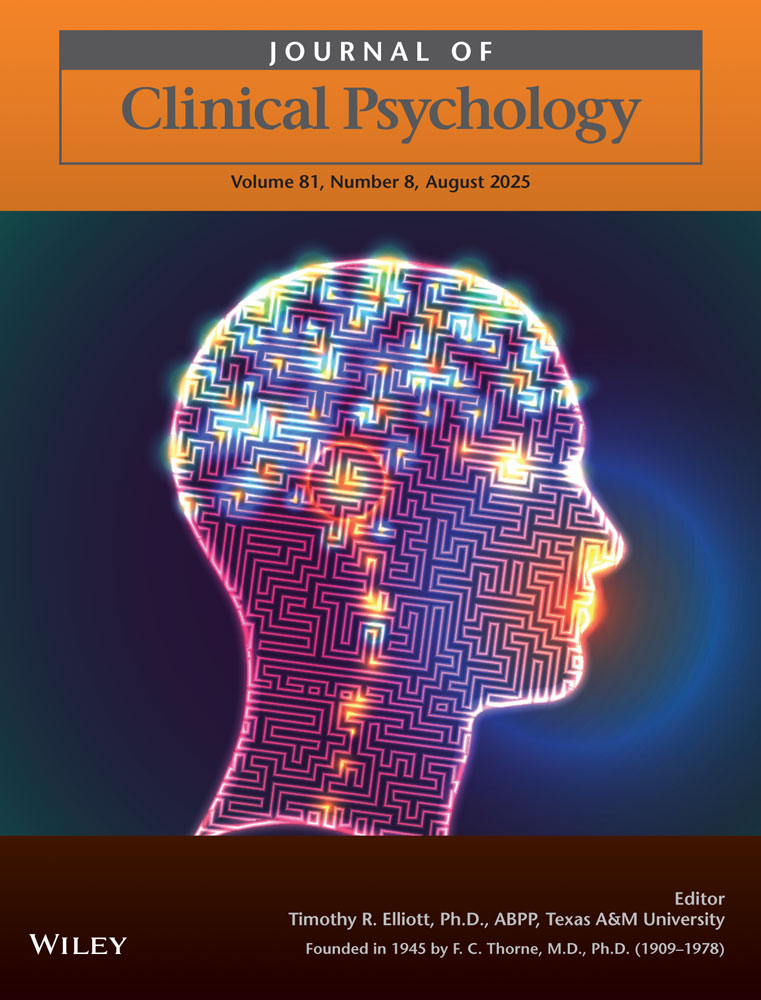Depersonalization, fantasies, and coping behavior in clinical context*
*Originally published in Volume 55, Number 2, 1999, pages 225–232.
Abstract
The main purpose of the present study was to determine the relation between specific dissociative experiences (depersonalization, fantasies) and self-reported coping behavior in a clinical (depression, anxiety, schizophrenia) and nonclinical sample (normal adults). Dissociative experiences were assessed with the Questionnaire of Experiences of Dissociation (QED) of Riley (1988) and coping behavior with the Stress-Process Questionnaire (SPQ; Janke, Erdmann, & Boucsein, 1985). A factor analysis of the QED items revealed a two-factor extraction: Factor 1 “depersonalization” and Factor 2 “fantasies/daydreams.” The clinical group scored higher on the QED factor “depersonalization” and had more passive forms of coping behavior (resignation, social isolation, self-compassion, self-blame) than the normal adults. Similar correlation patterns were found for both groups: The QED factor “depersonalization” correlated highly with the coping behaviors “resignation,” “social isolation,” “self-blame,” “self-compassion,” and “rumination.” No correlation between Factor 2 “fantasies/daydreams” and the coping behavior was found. Finally, correlations between depersonalization, trait anxiety, and personal need for structure were reported. © 2003 Wiley Periodicals, Inc. J Clin Psychol, 2003.




